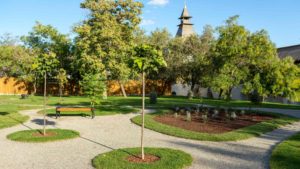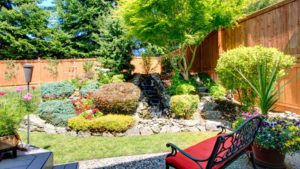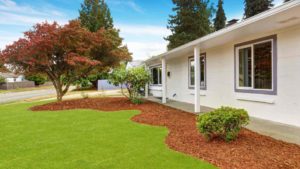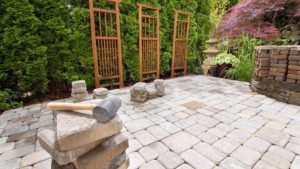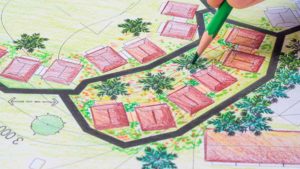If you’re interested in creating a beautiful landscape, you need to be familiar with landscape design basics. In this article, we’ll outline the main principles of landscape design and provide tips on how to apply them to your garden or property. By understanding these principles, you’ll be able to create an aesthetically pleasing and practical landscape. So whether you’re starting from scratch or want to update your current landscape, read on for tips and advice on achieving results!
If you are designing a landscape for use by people, it’s essential to consider the needs of both the people and the environment. Balance is one key principle of composition that should be used in landscaping. A landscape design should include natural elements such as plants, rocks, and water features in a balanced way. For example, if you are adding an artificial element such as a fountain or pool to your landscape design, make sure that it is placed in an appropriate location and sized so that it doesn’t dominate the landscape or conflict with other elements. Most importantly, ensure the design is comfortable and appealing to people using it.
When designing landscape features, it’s essential to consider how they will be used. For example, if you are adding a patio or garden area to your home, make sure that the design incorporates features such as plants and benches that can be used for outdoor dining. Landscape elements should also support the function of the space they are located in—for example, landscaping around a pool should include plants that provide shade or relief from sunlight during midday hours. It’s also essential to design landscape features that people of all ages and abilities can use. For example, a garden area with steps and ramps should be accessible to everyone, regardless of their physical ability.
One key principle of landscape design is variety. A landscape design should include natural and artificial elements to achieve an exciting and attractive composition. For example, if you are adding landscaping around a pool or patio area, ensure that you include plants such as palm trees and cacti typically found in desert environments. Similarly, adding landscaping around a garden area, including plants usually used in landscape design, such as roses and shrubs. Most importantly, remember to include variety in the plants and landscape features you select; an all-encompassing design can quickly become boring.
When planning your landscape design, it’s essential to consider not just the dimensions of your space but also the orientation of your home and landscaping features. For example, if you are adding landscaping around a pool or patio area, ensure that the layout allows for easy access from every angle. Likewise, if you are adding landscaping around a garden area, plan accordingly so that walks intersect and features such as waterfalls are visible from all angles. Space should also be planned around the types of plants that you are adding to your landscape design. For example, if you are adding landscape features around a pool or patio area, make sure to include plants that can tolerate direct sunlight (such as palm trees and cacti).
When designing a landscape, keep it simple. Use a limited number of color tones to create an elegant design. Earthy tones such as browns, greens, and tans are ideal for balancing bright elements in the landscape. Avoid using heavy textures or patterns in your design, as they can be distracting and make the landscape feel cluttered. Instead, use line and shape to create an orderly composition that draws the viewer’s eye through the landscape. Also, consider using plants with delicate foliage and blooms for a fresh look that is easy on the eyes.
When designing your landscape, make sure to emphasize focal points. For example, if you are adding landscaping around a pool or patio area, focus your design on the features and use complementary plants to create an eye-catching effect. Alternatively, if you are designing a landscape visible from every direction in your home, consider using large plants with many branches and leaves as design elements. This will give the impression of depth and width when viewed from any angle. Inspiration can come from anywhere; try looking at photos of outdoor spaces in magazines or online before planning your design.
Another key element to consider when designing a landscape is the sequence of elements. For example, if you add plants around a pool or patio area, create an initial design that includes emerald-green shrubs and succulents. Next, add colorful flowers such as papayas and hibiscus in front of the shrubs. Finally, place fruit trees near the edge of the garden to add a sense of space and sweetness to your design. The order in which you place these elements will affect how they look on screen or paper – play around with different sequences until you find one that works best for your landscape design.
To design landscape architecture is to design human environments that enhance well-being and create sustainable futures. It’s a process of design, planning, design, and more design. The landscape architect plans for the future needs of people and the environment by putting together a landscape design or landscape architecture design team (composed of architects, landscape architects, engineers, and others). If you’re looking for reliable landscape architects, then Calgary Landscaping Professionals is the right firm. We have the best landscape design in Calgary, and our team is passionate about landscape design and what it can do for your home or business. Contact us today at 587-315-0710 to learn more about the services offered!

